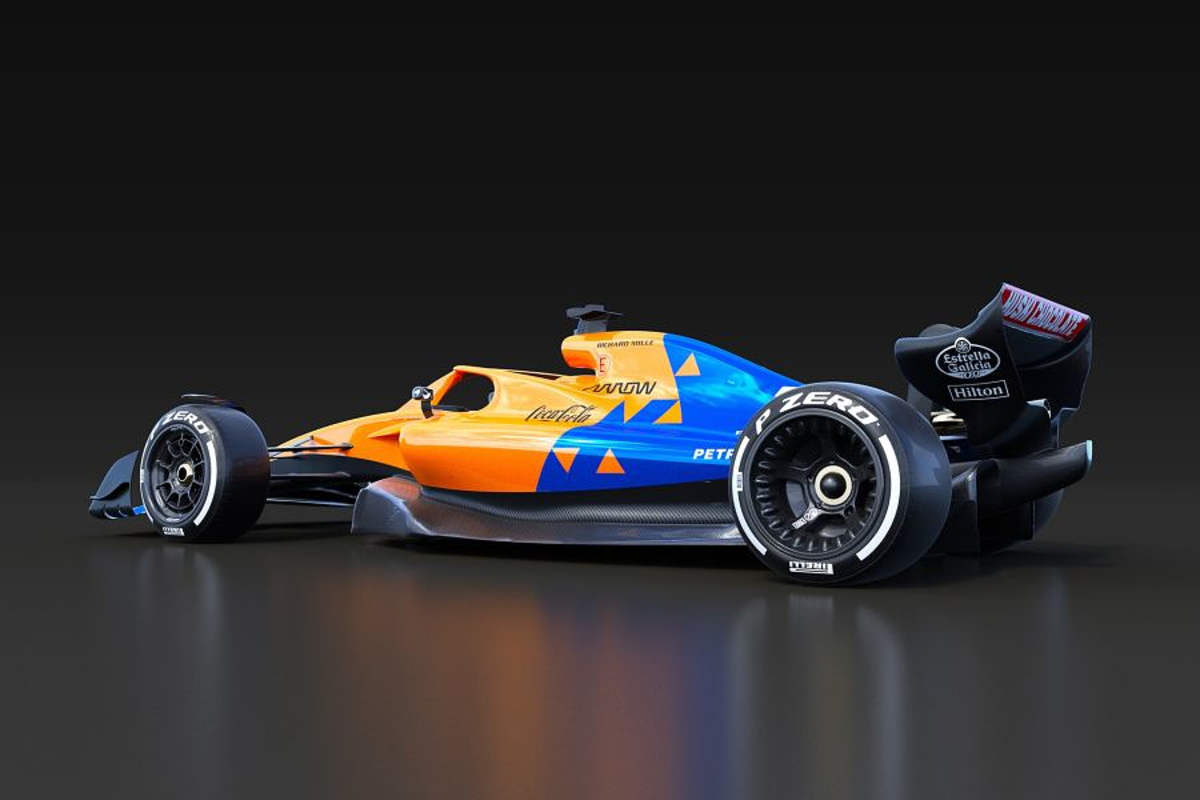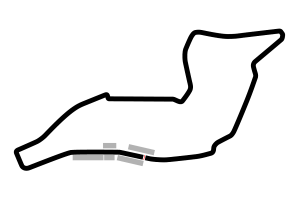Formula 1 revealed its revamped regulations for 2021 and beyond on Thursday, meaning we can finally start planning for the future of F1.
Several drivers and manufacturers have said they would wait for the regulations to be published before deciding on their futures,
The likes of Lewis Hamilton, Sebastian Vettel and Daniel Ricciardo were all in this boat, as well as Honda on the engine side.
Now we have that information to hand, but what exactly will be changing? Let's take a look.
Aerodynamics
One of the biggest technical changes for 2021 will be the new aerodynamic regulations.
A return to 'ground-effect' aero will see much of the fancy winglets and fairings you currently see on F1 cars disappear.
Simpler wings, the removal of bargeboards and more changes are designed to make cars easier to follow and, in theory, overtake.
Budget cap
A controversial part of Liberty Media's plan, but teams will have a $175million spending cap enforced from 2021.
Ross Brawn said at COTA on Thursday that breaking the financial rules will be met with harsh punishments. It could cost a team a championship, according to Brawn.
Non-performance outgoings, such as marketing costs, driver fees, heritage programmes, superlicence fees are not subject to scrutiny, but teams will have to submit financial reports for all performance-related costs.
Teams have been asked to submit their finances next year in order to test the processes, although penalties will not be issued in 2020.
In further attempts to reduce costs, many parts will be standardised, while others will have limits put upon them, as teams are already familiar with their engines.
Teams will also have parc ferme regulations imposed from the very start of a race weekend, not qualifying as is currently the case. This is to prevent test parts being flown in at short notice for racing. Teams will still be allowed to use practice to test new components, but they must be removed before quali and the race.
F1's schedule
The new rules include a provision for the calendar to grow to 25 races, a figure that Liberty has stuck to since taking over F1.
Although Chase Carey said on Thursday that the figure is not a target, F1 is not so far off, with 22 races slated for 2020 and more being sought for the following year, such as the Miami GP.
To counterbalance this, the weekend format has been shortened, to give individuals an extra day back per weekend.
Thursday activities like scrutineering and media will be held on Friday mornings, with both practice sessions to come after lunch.
What hasn't changed?
One of the key areas that stays the same in 2021 is the engine regulations.
Liberty had made grand noises about seeking to bring cheaper and simpler power units to F1 in a bid to attract more manufacturers, but the plans incensed those already in the sport, particularly Mercedes and Ferrari, who regularly threatened to quit F1 over them.
The teams have had their way on this front so far, but a move to use more renewable fuel shows that F1 is thinking green, and that could impact the engine formula in the future.
Related















































 Gran Premio de España 2025
Gran Premio de España 2025  Grand Prix du Canada 2025
Grand Prix du Canada 2025  Grand Prix of Austria 2025
Grand Prix of Austria 2025  Grand Prix of Belgium 2025
Grand Prix of Belgium 2025  Grand Prix of Hungary 2025
Grand Prix of Hungary 2025  Grand Prix of Azerbaijan 2025
Grand Prix of Azerbaijan 2025  Grand Prix of Singapore 2025
Grand Prix of Singapore 2025  Gran Premio de la Ciudad de Mexico 2025
Gran Premio de la Ciudad de Mexico 2025  Grande Prêmio de São Paulo 2025
Grande Prêmio de São Paulo 2025  Qatar Grand Prix 2025
Qatar Grand Prix 2025  Grand Prix of Abu Dhabi 2025
Grand Prix of Abu Dhabi 2025 